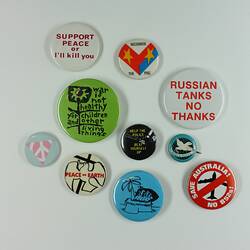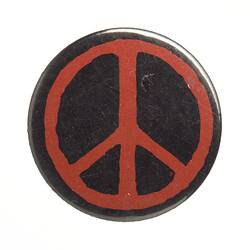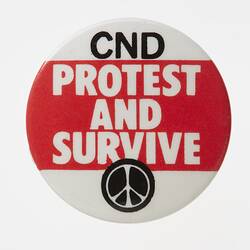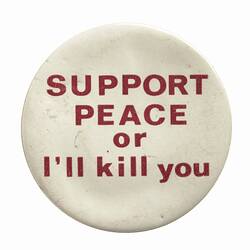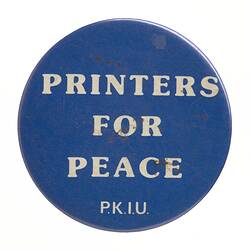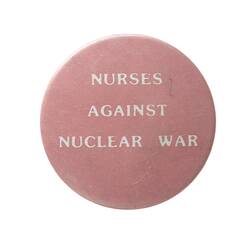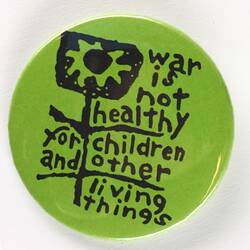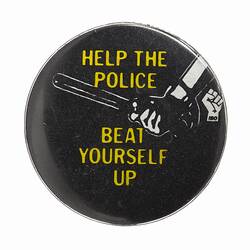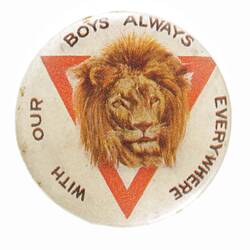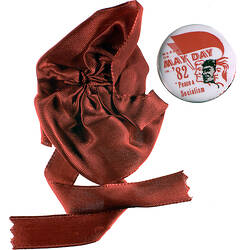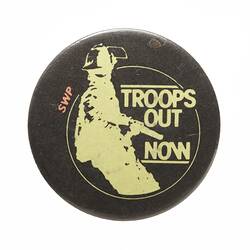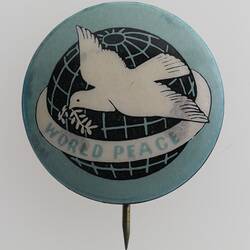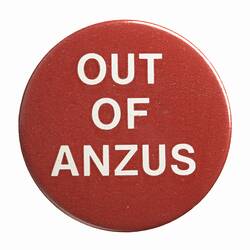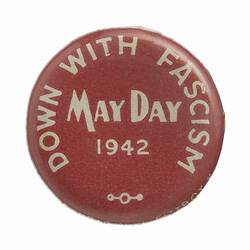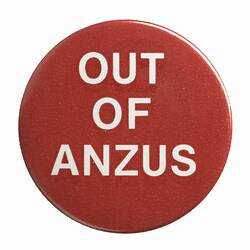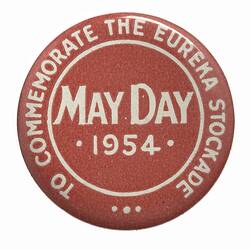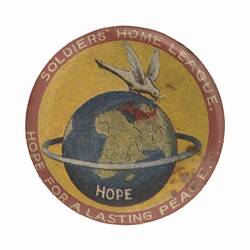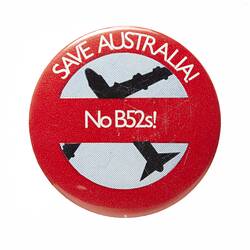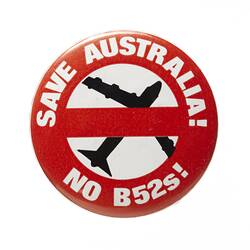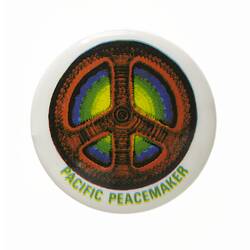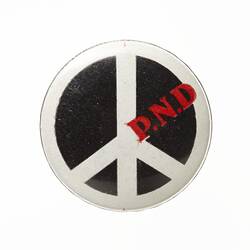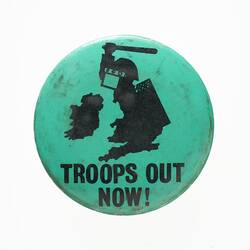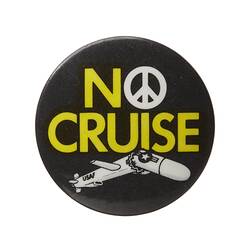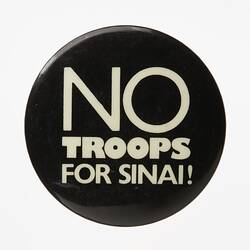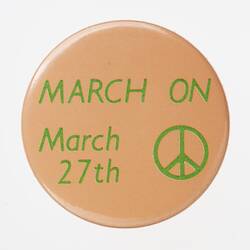Dictionary.com defines peace as 'the normal, nonwarring condition of a nation, group of nations or the world' This aspect of normalcy means that, unlike other specific protests specifically targeting an event set in time like the Vietnam War, the peace movement has appeared in many instances throughout modern history. Peace Protest has become an umbrella term for not only anti-war demonstrations, but also various social justice and liberation movements.
Hippies
The history of 20th century peace protests starts during World War One. This war, despite benefitting from surprisingly high popular support and public enthusiasm was extremely polarising. A large number of organisations were fundraising for veterans and aid appeals but at the same time also campaigning for peace. While the peace movement has a bad reputation of being inefficient in the interwar period, it enjoyed a new lease of life in post-war times. The generation of young socially-conscious radicals from the sixties through to the eighties was defined by street protests and civil disobedience. This wave of student activism dovetailed with the Hippie Movement. There was a strong sense of contesting traditional norms and fighting an establishment that was perceived as corrupt. The Hippie Movement is defined by a soft, nondoctrinaire approach focused on peace and love. Despite being a countercultural and political movement in its own right, the Hippie ideology is often mocked and stripped down to a parody of peace activism.
Peace Symbols
General movements campaigning for peace were deeply interconnected with anti-nuclear protests. The most telling proof is that the international peace sign was formerly the logo of the British Campaign for Nuclear Disarmament. The famous sign was designed in the 1950s by Gerald Holtom and the lines inside the circles stand for semaphore signals of the letters N and D. The collection holds many variations of this popular badge, which activists would have usually worn in conjunction with other designs. More humorous takes on the peace movement include 'Support peace or I'll kill you.' An ABC reporter recording a show at one of the Vietnam Moratoriums in Melbourne notes the irony of the fact that 'if you want to demonstrate for peace you also have to employ some of the traditional virtues and qualities of war.' (This Day Tonight, 1970)
Quests for Peace
It is the very nature of protest slogans to get exchanged freely between various groups. Similarly, it was very common in the 1970s and 1980s for particular professional groups to appropriate the protest dialectic in order to display a united protest stance across their sector. Examples in the Museum Victoria collection include 'Printers for Peace', 'Nurses against Nuclear War' and 'Government Workers against the Bomb'. Another organisation that campaigned within specific boundaries is Another Mother for Peace. This was an American grass-roots anti-war advocacy group founded in 1967 in opposition to the U.S. war in Vietnam. It specifically tried to educate women to take an active role in trying to stop the war and their main activity was sending letters petitioning the government. The badge in the collection reads 'War is not healthy for children and other living thing.' The design on the badge was created by artist Lorraine Schneider and has become a global visual representation of the peace movement. Their website describes it as 'a simple yet powerful statement of conscience, the sunflower logo helped make Another Mother for Peace one of the most eloquent and effective anti-war voices of its generation.' (Another Mother for Peace)
Reference List
Another Mother for Peace. Available at: http://anothermother.org/about [Accessed 02 Dec. 2016]
Carter, A. (1992) Peace Movements: International Protest and World Politics Since 1945. New York: Longman
Dictionary.com. Based on the Random House Webster's Unabridged Dictionary. Available at: http://www.dictionary.com/browse/peace?s=t [Accessed 02 Dec. 2016]
Hastings, G. (2003) It can't happen here: A political history of Australian student activism. Adelaide: The Students' Association of Flinders University
McIntyre, I. (2009) How to make trouble and influence people: pranks, hoaxes, graffiti & political mischief-making from across Australia. Carlton, Vic: Breakdown Press
This Day Tonight, 'Melbourne moratorium against Vietnam War' (1970) [TV Program], ABC Splash. Available at: http://abcspla.sh/m/29052 [Accessed 02 Dec. 2016]
More Information
-
Keywords
Peace, Peace Issues, Peace Movements, Anti-War Demonstrations, Activism, Political Protests, Wars & Conflicts
-
Authors
-
Article types

